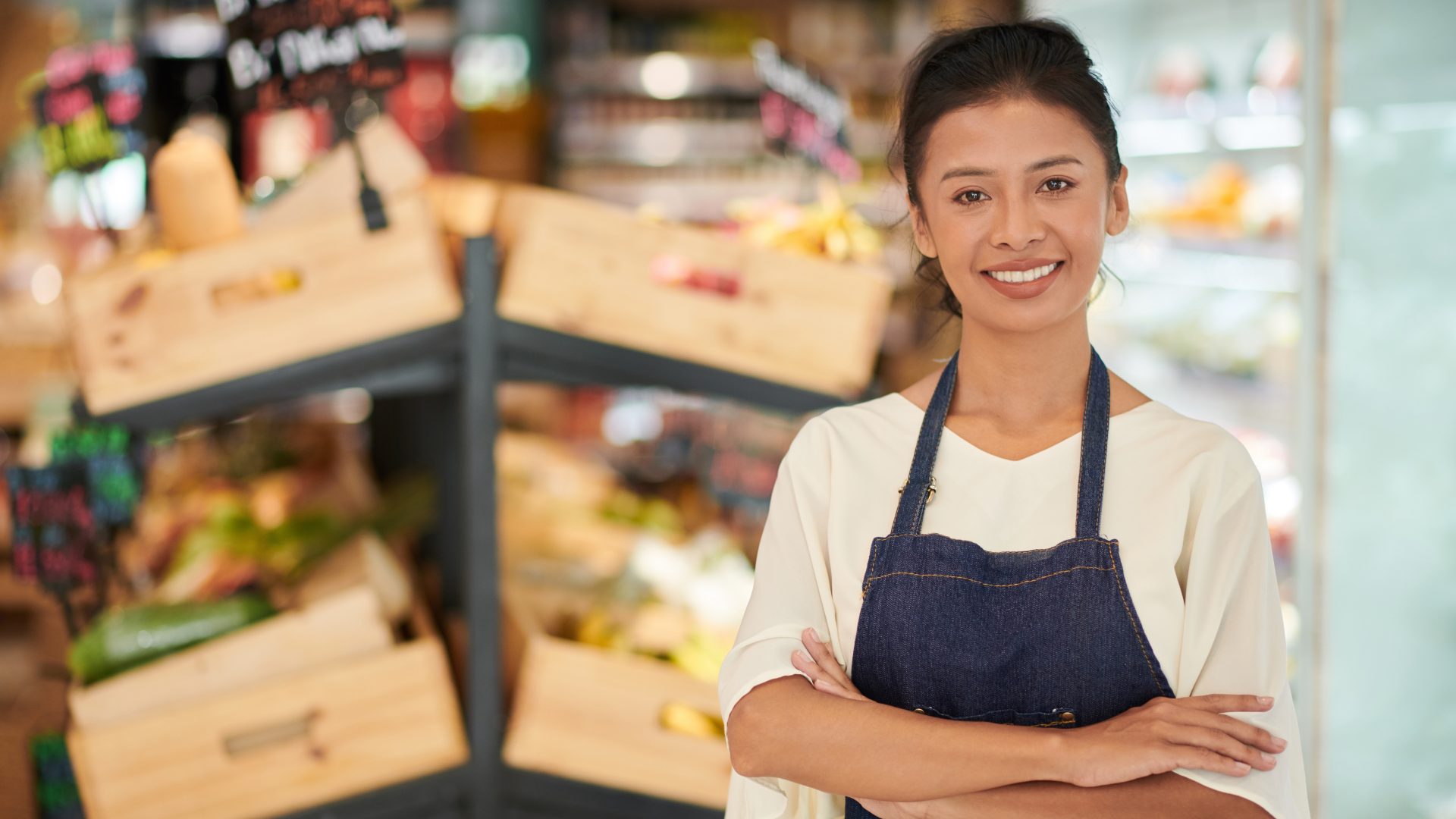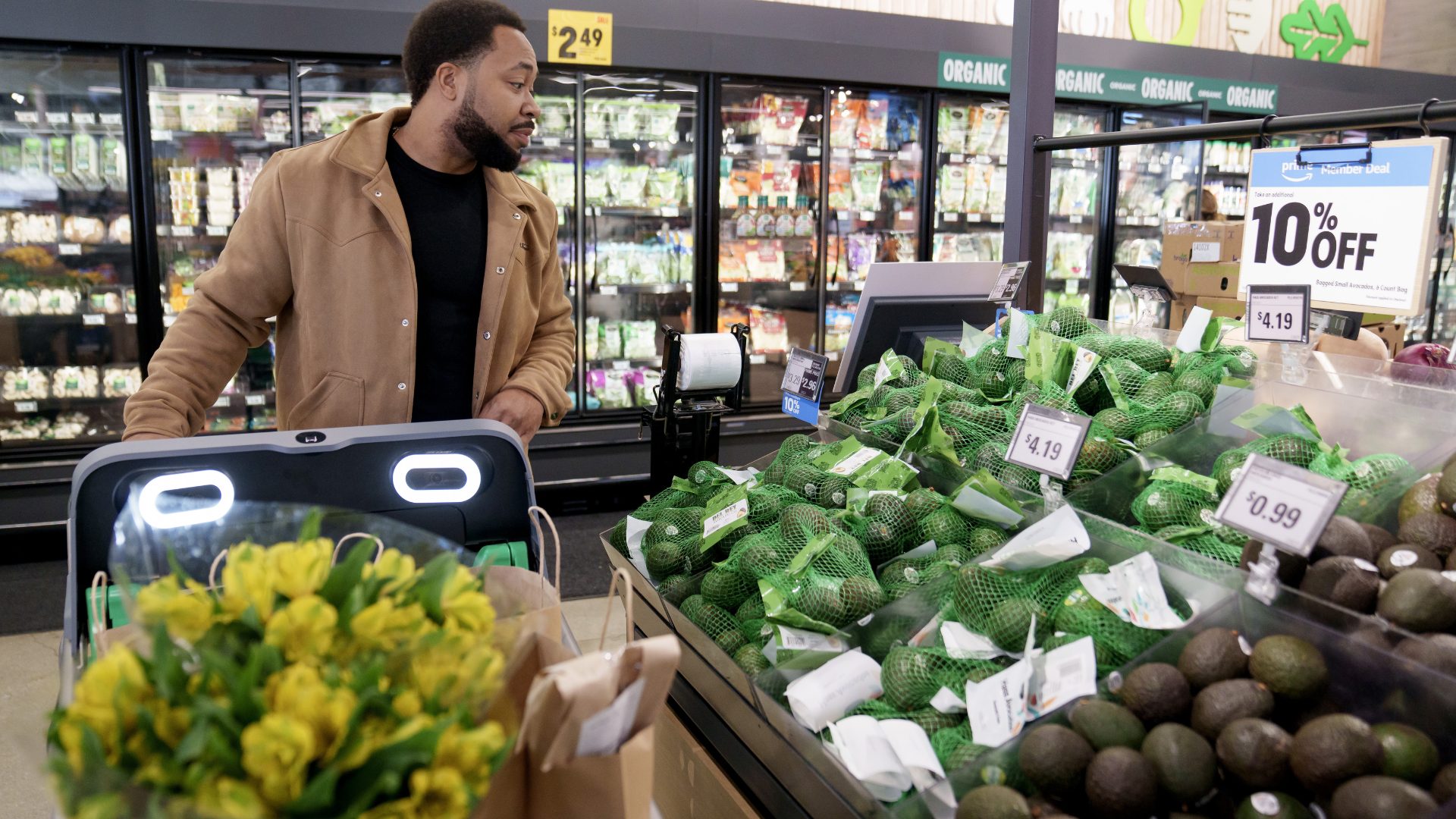Consumers who packed their pantries throughout the pandemic may be looking to replenish those supplies, according to new research by Inmar Intelligence. Of 1,000 U.S. adults surveyed, 69.4% said they were contemplating a significant restock in the coming weeks, reported Supermarket News. (Aug 6)
“The spread of the Delta variant will most likely affect shopping behavior in those geographies that are experiencing huge spikes,” Holly Pavlika, senior vice president of corporate marketing at Inmar, told Supermarket News. “And with uncertainty, online grocery sales will likely experience an uptick.”
Key Motivators for Stockpiling
While 27.94% of respondents expressed a hesitation to enter stores due to Delta transmission, an even larger number (30.78%) were more concerned about potential out of stocks. Another 18.1% pointed to price increases as a major motivator to shore up food supplies.
Notably, almost the same percentage of consumers said they would be willing to enter stores to do their replenishment shopping (46.6%), versus choosing to shop online (46.6%). Around 21% said they would opt for curbside service.
Furthermore, 65% of respondents intend to maintain a permanent stock of emergency food and supplies. Within that group, 60% said they currently have a stockpile and 19.5% felt their supplies were in need of replenishment.
Pavlika notes that this behavior “represents a new shopper segment: ‘the Squirrel,’ who will always have a stash in their home.”
Pandemic Pantry 2.0
The top two food items on respondents’ replenishment lists spoke to survival sentiments — canned goods (46%) and pasta (34.1%). Food for pets was also a high priority (36.75%), along with beer, wine, and liquor (22.8%) and baby products (17.95%).
Beyond the basics, the survey also revealed that consumers planned to incorporate items in their second round of stockpiling that weren’t in their first, including frozen and shelf-stable foods, meat, and fresh produce.
This overall basket upgrade speaks to several consumer behaviors that have evolved throughout the pandemic. For instance, more cooking at home increased experimentation with fresh ingredients, along with reliance on frozen foods for healthy convenient meal options.












